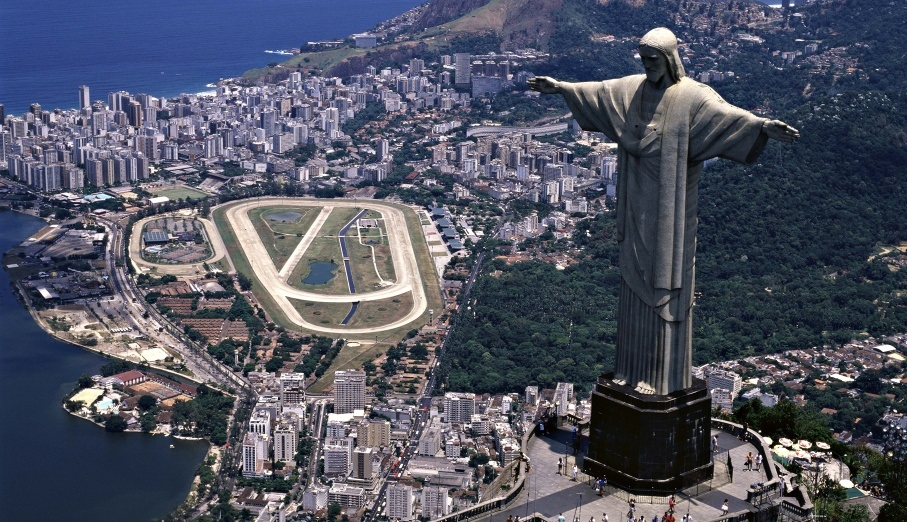Brazil’s “central bank kept the Selic at a 10-year high of 14.25 percent last week, indicating that borrowing costs will only fall when policy makers are more confident that inflation will hit the 4.5 percent target in 2017. Central bank directors tweaked the language of their post-meeting statement, dropping a sentence that said there was “no room” for monetary easing,” reports Matthew Malinowski for Bloomberg.
Brazil’s central bank has not hiked interest rates since last year. Brazilian stocks have rallied this year and banks in Latin America’s largest economy appear inexpensive, those institutions are faced with declining consumer credit quality. Additionally, some Brazilian states have recently delayed payment to public workers, potentially crimping the ability of those workers to repay loans taken from Brazilian banks.
Related: How Central Banks Affect LatAm ETFs
“Brazil is showing early signs of a recovery after falling into one of its worst recessions on record. Industrial production has expanded for five straight months on the back of both rising business and consumer confidence,” according to Bloomberg.
iShares MSCI Brazil Capped ETF
